Can anyone identify this broadleafed evergreen?
Dave in NoVA • N. Virginia • zone 7A
10 years ago
Featured Answer
Sort by:Oldest
Comments (38)
Dave in NoVA • N. Virginia • zone 7A
10 years agoDave in NoVA • N. Virginia • zone 7A
10 years agoRelated Professionals
New Bedford Landscape Architects & Landscape Designers · Milwaukee Landscape Architects & Landscape Designers · Palm Springs Landscape Architects & Landscape Designers · East Patchogue Landscape Architects & Landscape Designers · Gainesville Landscape Contractors · Middletown Landscape Contractors · North Highlands Landscape Contractors · Waldorf Landscape Contractors · Columbia Window Contractors · Aventura Window Contractors · Lindenhurst Window Contractors · Quincy Driveway Installation & Maintenance · Indio Driveway Installation & Maintenance · Pittsburgh Decks, Patios & Outdoor Enclosures · Wildomar Decks, Patios & Outdoor EnclosuresSequoiadendron4
10 years agobotann
10 years agoDave in NoVA • N. Virginia • zone 7A
10 years agoEmbothrium
10 years agoDave in NoVA • N. Virginia • zone 7A
10 years agoriver_city
10 years agoDave in NoVA • N. Virginia • zone 7A
10 years agoEmbothrium
10 years agorhizo_1 (North AL) zone 7
10 years agoDave in NoVA • N. Virginia • zone 7A
10 years agoDzitmoidonc
10 years agoriver_city
10 years agoDave in NoVA • N. Virginia • zone 7A
10 years agoriver_city
10 years agoDave in NoVA • N. Virginia • zone 7A
10 years agoEmbothrium
10 years agoriver_city
10 years agodavidrt28 (zone 7)
10 years agoDave in NoVA • N. Virginia • zone 7A
10 years agoUser
10 years agoken_adrian Adrian MI cold Z5
10 years agoDave in NoVA • N. Virginia • zone 7A
10 years agoDave in NoVA • N. Virginia • zone 7A
10 years agoUser
10 years agoDave in NoVA • N. Virginia • zone 7A
10 years agodavidrt28 (zone 7)
10 years agoDave in NoVA • N. Virginia • zone 7A
10 years agodavidrt28 (zone 7)
7 years agoDave in NoVA • N. Virginia • zone 7A
7 years agolast modified: 7 years agodavidrt28 (zone 7)
7 years agoDave in NoVA • N. Virginia • zone 7A
7 years agolast modified: 7 years agoEmbothrium
6 years agolast modified: 6 years agodavidrt28 (zone 7)
6 years agolast modified: 6 years agoDave in NoVA • N. Virginia • zone 7A
6 years agolast modified: 6 years agodavidrt28 (zone 7)
6 years ago
Related Stories

FENCES AND GATESA Deer Fence Can Be Decorative as Well as Protective
You need a monster-size fence to shelter your garden from deer, but it doesn’t have to look like a monstrosity
Full Story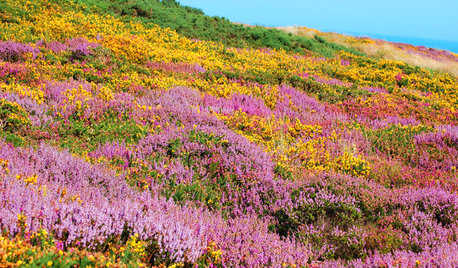
GARDENING FOR BUTTERFLIESGreat Design Plant: Scotch Heather
The moors aren't all moody, as this prettily colored evergreen shrub proves. Plant it en masse for an epic romance in your own garden
Full Story
MOST POPULARMeet a Lawn Alternative That Works Wonders
Carex can replace turfgrass in any spot, is low maintenance and adjusts easily. Add its good looks and you’ve got a ground cover winner
Full Story
WINDOW TREATMENTS6 Ways to Deal With a Bad View Out the Window
You can come out from behind the closed curtains now. These strategies let in the light while blocking the ugly
Full Story
EDIBLE GARDENSNatural Ways to Get Rid of Weeds in Your Garden
Use these techniques to help prevent the spread of weeds and to learn about your soil
Full Story
GREEN BUILDINGBuilding Green: How to Design a Healthier Landscape
Plant selection, water management, fire-prevention measures and more can ensure that your landscape is good for the planet and for you
Full Story
GRASSES10 Ways to Use Ornamental Grasses in the Landscape
These low-maintenance plants can add beauty, texture and privacy to any size garden
Full Story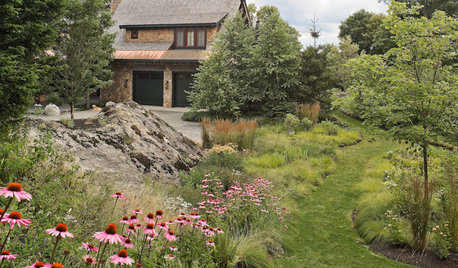
GARDENING GUIDES13 Risks to Take for True Garden Rewards
Go ahead, be a rebel. Breaking rules in the garden can lead to more happiness, creativity and connection with the earth
Full Story
LIFETrue Confessions of a House Stalker
Letting go when a new owner dares to change a beloved house's look can be downright difficult. Has this ever happened to you?
Full Story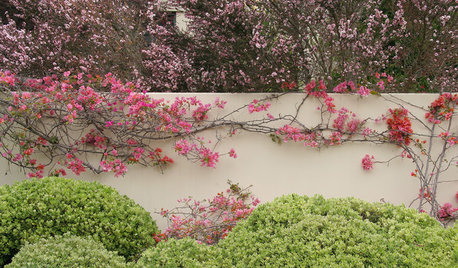
LANDSCAPE DESIGNThe Art of the Espalier
Go ahead, let limited garden space drive you up the walls. With these 6 ways to train plants vertically, it can be a beautiful thing
Full Story





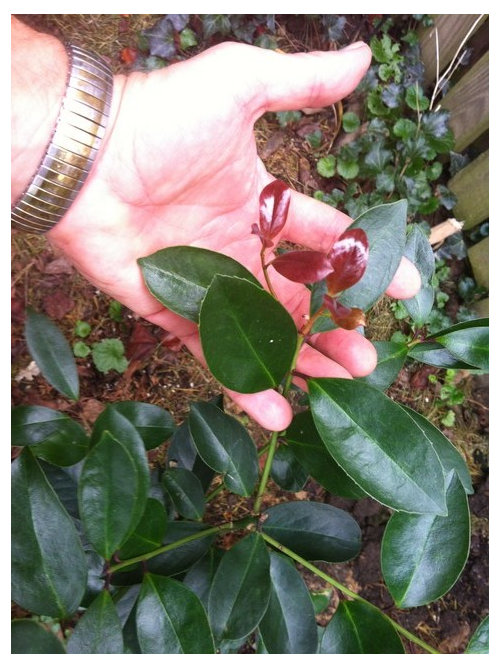
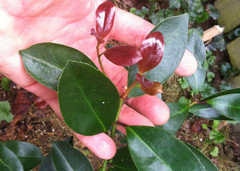

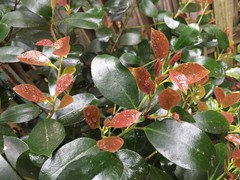
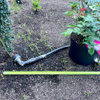

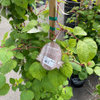
Dave in NoVA • N. Virginia • zone 7AOriginal Author